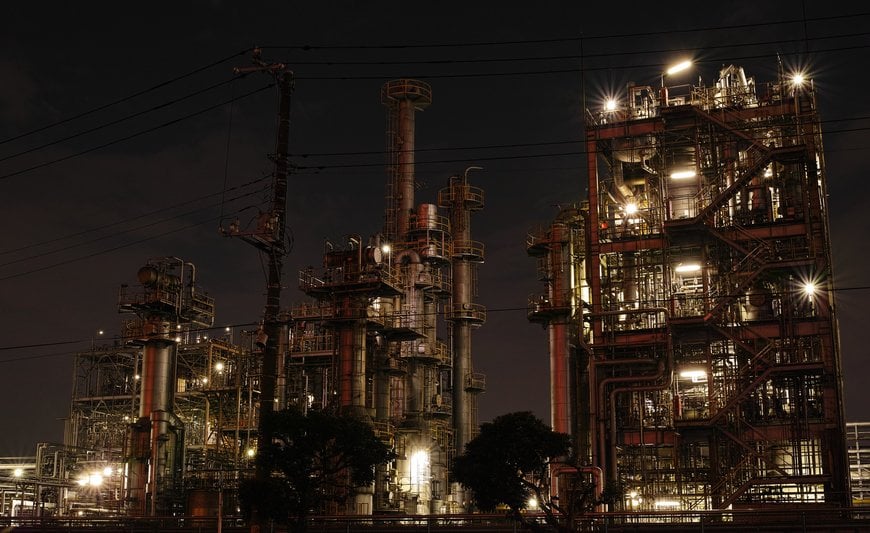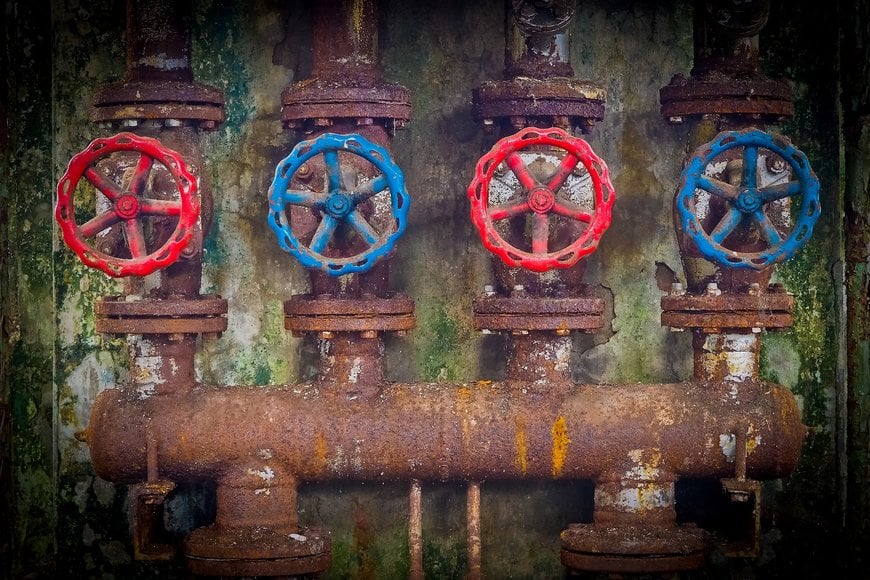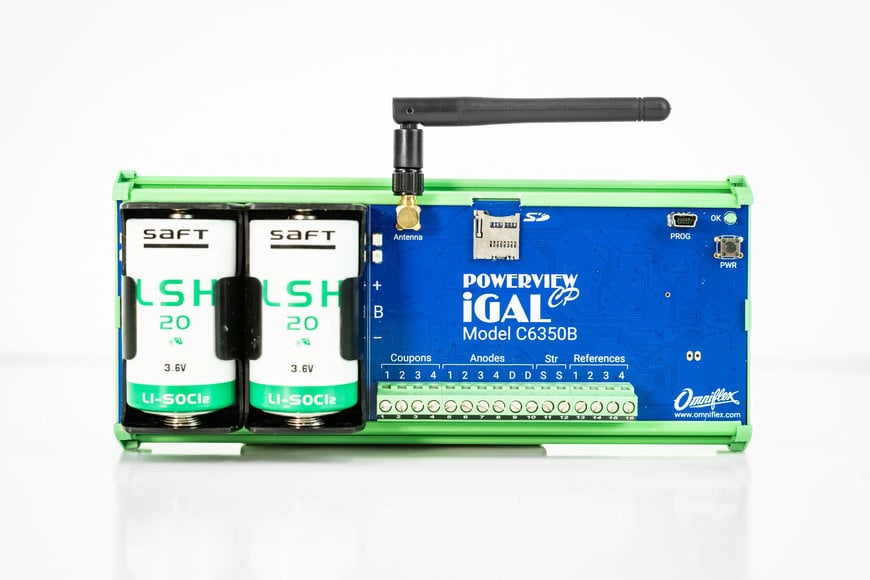www.magazine-industry-usa.com
09
'21
Written on Modified on
Remote monitoring cathodic protection systems; now, forever, always
Remotely monitoring and controlling corrosion levels is more vital than ever.

The coronavirus pandemic has forced businesses to change how they operate at a fundamental level, with staff forced to work from home because it isn’t safe to go on site as normal. Unfortunately, problems like corrosion are not waiting for people to get back to sites to control it. Here Gary Bradshaw, director at remote monitoring specialist Omniflex, explains why the benefits of remote monitoring cathodic protection (CP) systems are more compelling than ever.

Corrosion is a natural, electrochemical process where metals are gradually degraded and destroyed as part of two simultaneous chemical reactions, an anodic oxidation that corrodes the metal structure and a cathodic reduction. CP systems are used to control this by ensuring that the structure you want to protect remains the cathode in any electrochemical reaction.
The classics
Traditionally, protecting critical infrastructure using CP systems has been done following one of two approaches. The first is called impressed current cathodic protection (ICCP). In this method, current is applied from an external source to ensure that the metal structure remains cathodic with respect to its environment. It does this by connecting anodes to a direct current (DC) power source, which can then be connected to a transformer-rectifier alternating current (AC) power supply.
The second is called galvanic CP, where a steel structure is connected to a metal alloy with a more negative electrode potential than it, like zinc. This guarantees that the metal structure is always the cathode of the electrochemical cell, and the metal alloy becomes a sacrificial anode that is consumed by corrosion, rather than damaging the structure.
Galvanic CP installations are not regularly monitored, if at all, on the assumption that the simplicity of the systems will ensure their ongoing performance and asset protection. But in a world of increasing requirements for compliance, performance guarantees and reporting, strategic assets do require more regular monitoring. This normally involves regular physical visits to sites by experts. So, what do you do when site visits cannot proceed as normal because of the ongoing global pandemic?

Benefits of remote monitoring
The remote monitoring of CP systems offers several key benefits for enterprises and asset owners. Firstly, cloud-based remote monitoring platforms provide managers with a single, easy-to-access repository for all live and historical CP data. Secondly, by automatically monitoring and recording data relating to asset performance and system status, all abnormal events, like power outages or system failures, can be reported directly to all relevant personnel immediately. This significantly reduces the chance of a negative outcome, like high maintenance costs or unplanned downtime.
Omniflex recognised the need for remote monitoring galvanic CP installations and developed the world’s first battery powered instrument for remotely monitoring and testing galvanic CP installations wirelessly via the web, iGAL. The new technology is designed to help asset managers monitor the corrosion of embedded metal structures while cutting down the need to physically visit the site to undertake time-consuming, costly and often hazardous surveys.

More compelling than ever
With the world still in the midst of the coronavirus pandemic, and a long road to recovery ahead, site visits and manual system inspections cannot proceed as normal. In many cases, businesses that rely on these to check on the system status have been unable to gain any system data over the last year and are left hoping that nothing has gone wrong.

Remote monitoring is no longer just the most cost-effective way of gathering system data, it is now the only way to do so in many cases. If you’re a consultant working from home and you’re responsible for monitoring systems fitted with an iGAL, you can continue to gather and monitor system performance 24/7, despite the disruption caused by the pandemic.
www.omniflex.com

